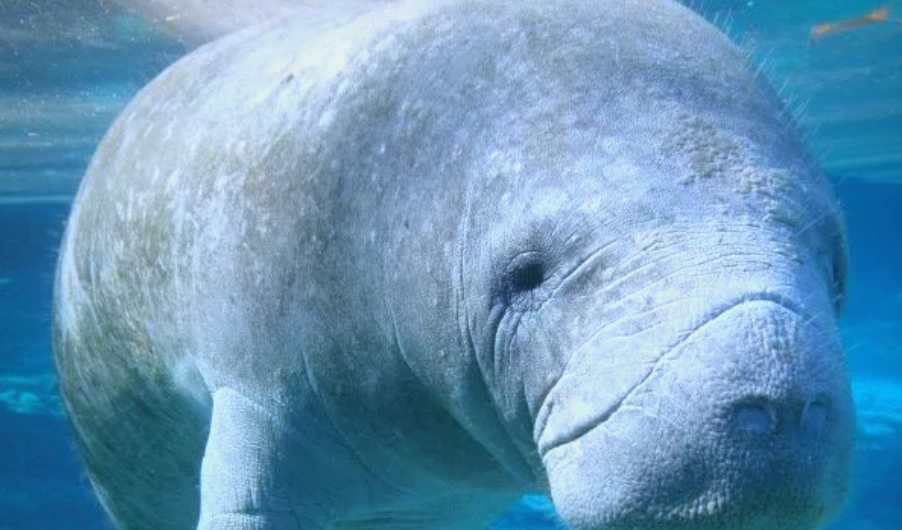Featuring a broad, downturned upper lip adapted for grazing, the dugong’s small eyes and upturned comma-shaped nostrils give it an endearingly docile appearance. "It looks perpetually sleepy, like a sea cow in a permanent daydream," notes marine biologist Dr. Marina Silva. This "scruffy charm" belies its critical role as a keystone species, maintaining seagrass ecosystems that absorb carbon and support marine life.
Once widespread across the Indo-Pacific, dugongs now face threats from habitat destruction, boat strikes, and climate change. In Australia, where the largest populations persist, conservationists monitor their grazing patterns to protect both the species and its seagrass habitat. "Each dugong’s sluggish demeanor hides a fight for survival," says conservationist James Chen. "Their gentle, almost careless expression is a stark reminder of how human activity can tip delicate marine balances toward extinction."










